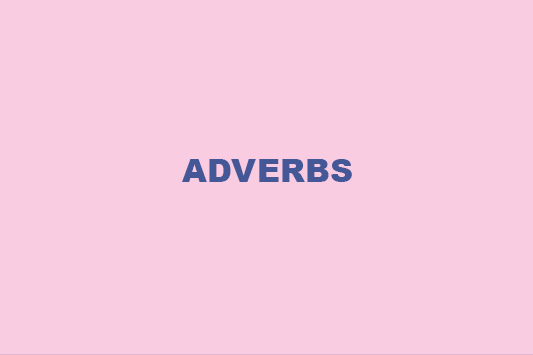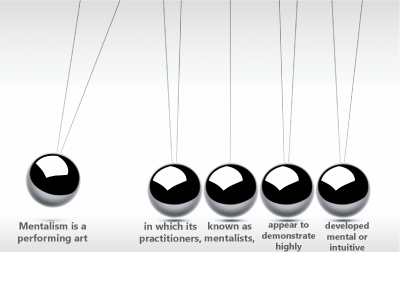Content
These are topics that you’re going to study:
You’ll learn about the adverb clauses, mainly the ones that use ‘when’ and ‘while’.
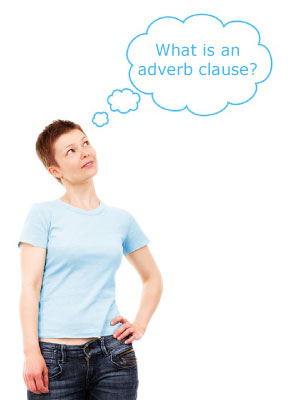
PublicDomainPictures. (2012). Bubble. Retrieved 160317 from https://pixabay.com/en/bubble-caucasian-thought-daydream-19329/
You’ll learn what an adverb clause its a syntactical structure and its correct use in daily life.
Eg.
When people speak English too fast, Pablo just can’t catch the meaning no matter how hard he tries.
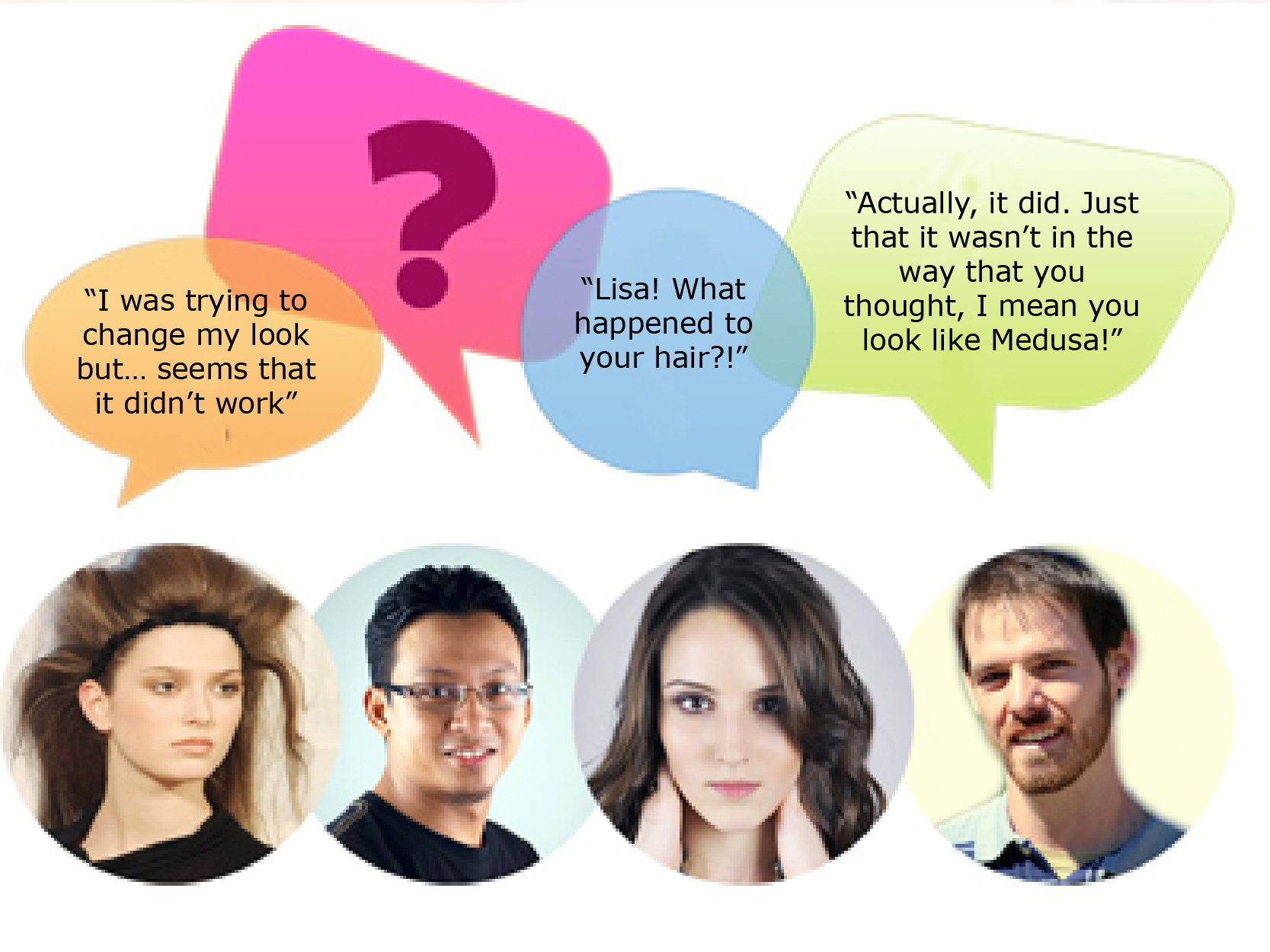
Geralt. (2014). Group. Retrieved 22/03/17 from https://pixabay.com/en/group-team-balloons-question-mark-464644/
Carl used to jog in the park while he was listening to Muse.

Ben_Kerckx. (2015). Walk. Retrieved 16/03/17 from https://pixabay.com/en/walk-sports-jogging-jogger-people-617389/
You’ll learn the adverbs used for each classification, mainly ‘when’ and ‘while’.
Adverbs of time
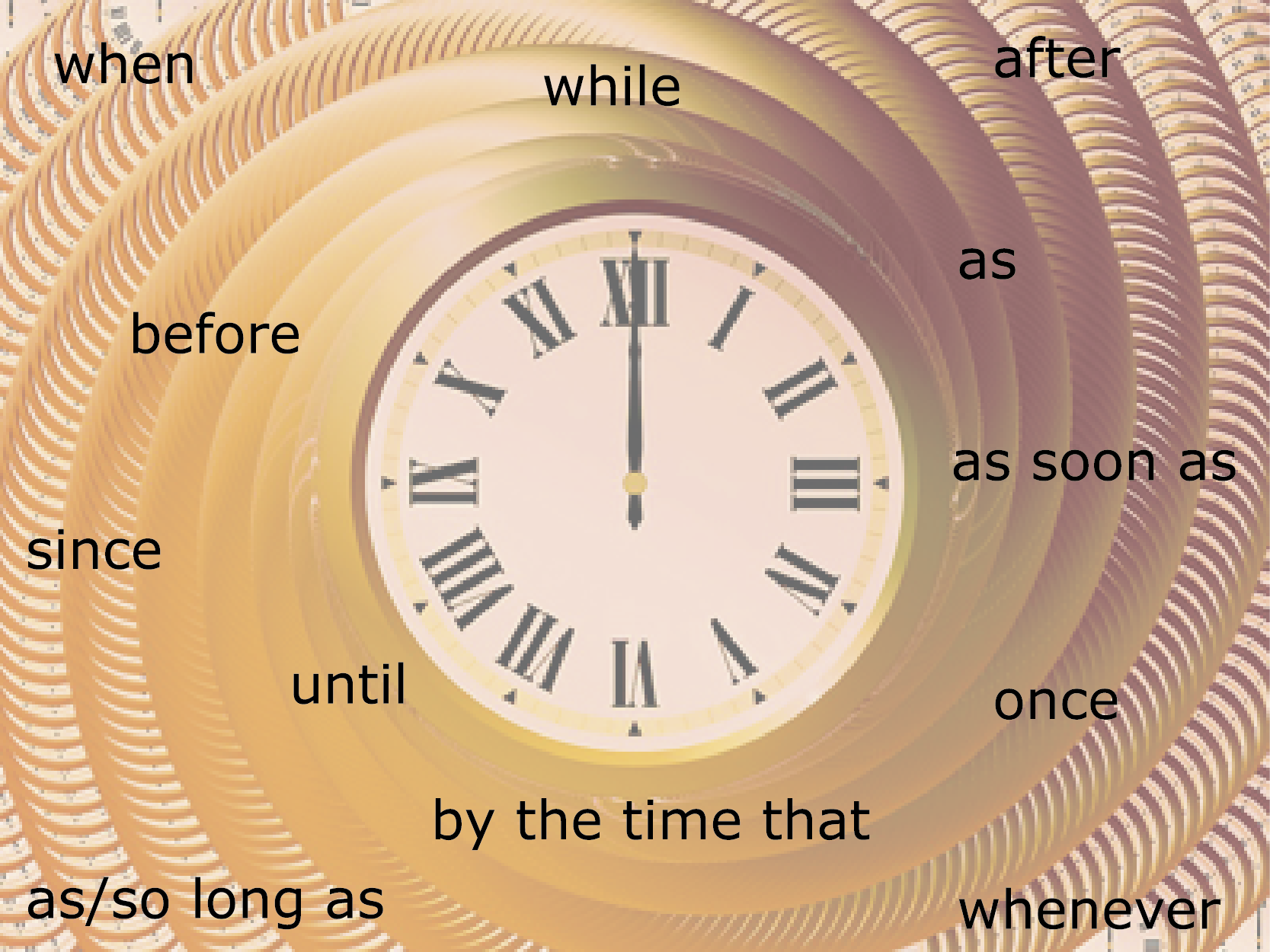
Geralt. (2014). Clock. Retrieved 16/03/17 from https://pixabay.com/en/clock-time-time-indicating-watches-359985/
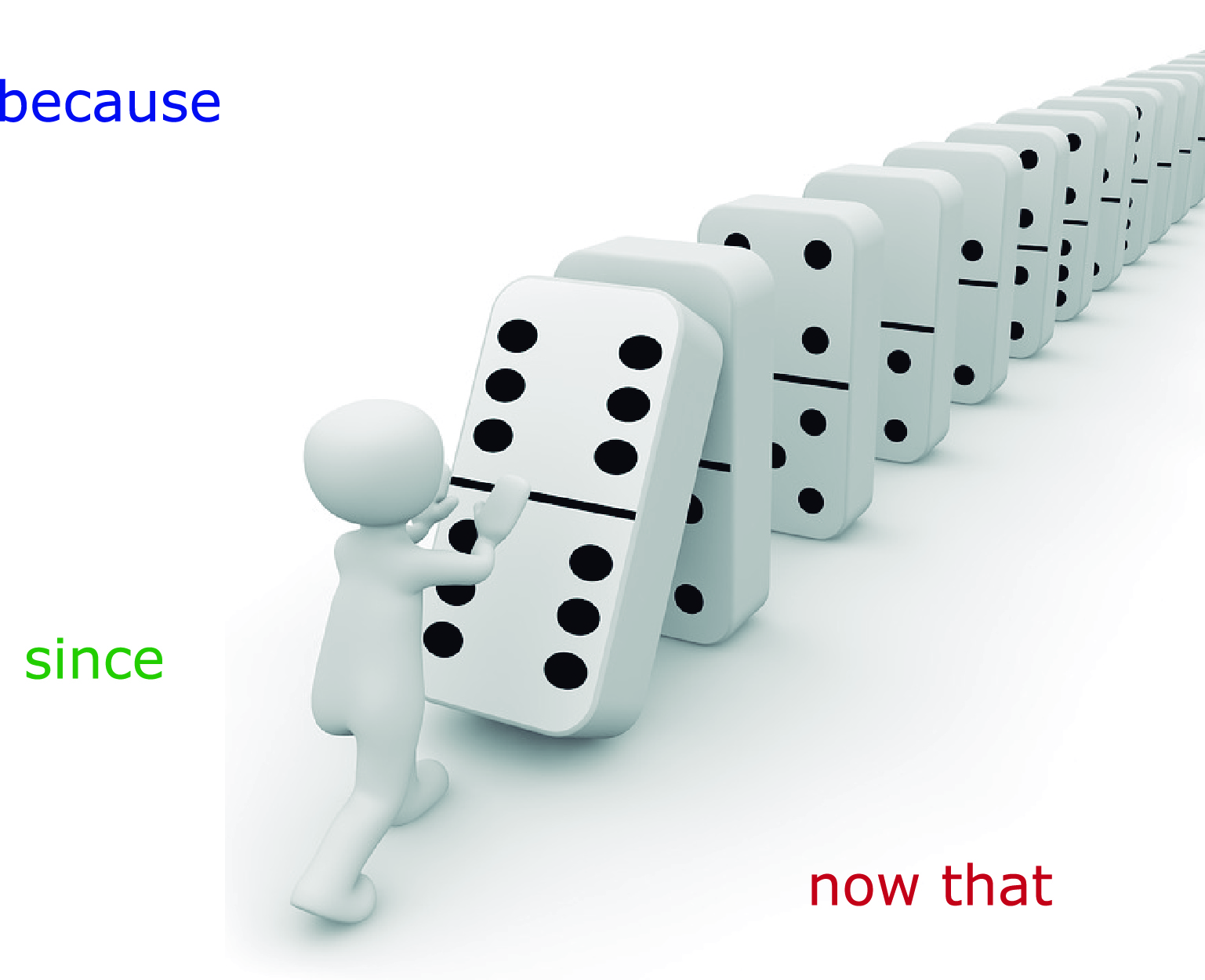
3dman_eu. (2015). Mikado. Retrieved 16/03/17 from https://pixabay.com/en/mikado-domino-stones-pay-steinchen-1013878/
Adverbs of contrast
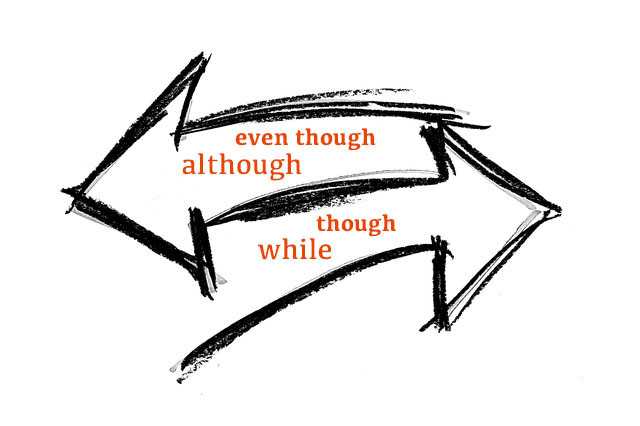
Geralt. (2017). Arrow. Retrieved 16/03/17 from https://pixabay.com/en/arrow-directory-signposts-direction-2085195
Adverbs of conditional

Stux. (2015). Conditions. Retrieved 16/03/17 from https://pixabay.com/en/conditions-period-624911/
You’ll learn how to use the adverb clauses, mainly ‘when’ and ‘while’, as well as its use in daily life through interesting readings about hypnotism.

JeongGuHyeok. (2015). Maple Leaf. Retrieved 16/03/17 from https://pixabay.com/en/maple-leaf-book-reading-dear-diary-638022/
For better results, we suggest you study the topics according to the given order.
Have you ever heard about hypnotism? It sometimes sounds a bit creepy because the hypnotist gets into our mind, and also sounds as something supernatural because not everybody can hypnotise.
Well, if your answer is negative, now you’ll be able to ‘attend’ to a hypnotist's show.
Listen to the podcast. Be careful, don’t get hypnotised too!
Exercise 1: The Hypnotist and his show
Interesting, isn’t it? Why do you think that the hypnotist could make Melvin do whatever he wanted? How is it possible that Melvin didn’t even remember anything?
Listen carefully to the audio again.

Adapted from Viney & Viney (1995). Grapevine 3. Hong Kong: Oxford University Press.
Write the word that best completes the dialogue. When you’re ready, click the button, so you get your Feedback.
You can listen to the audio as many times as necessary.
Did you notice something in the words that you had to use to complete the dialogue? Did you notice when they’re used? Or the word order?
All of them belong to different word classifications known as conjunctions or adverbs. However, there’s something that all of them have in common; they are ALL used as ‘adverb clauses’.
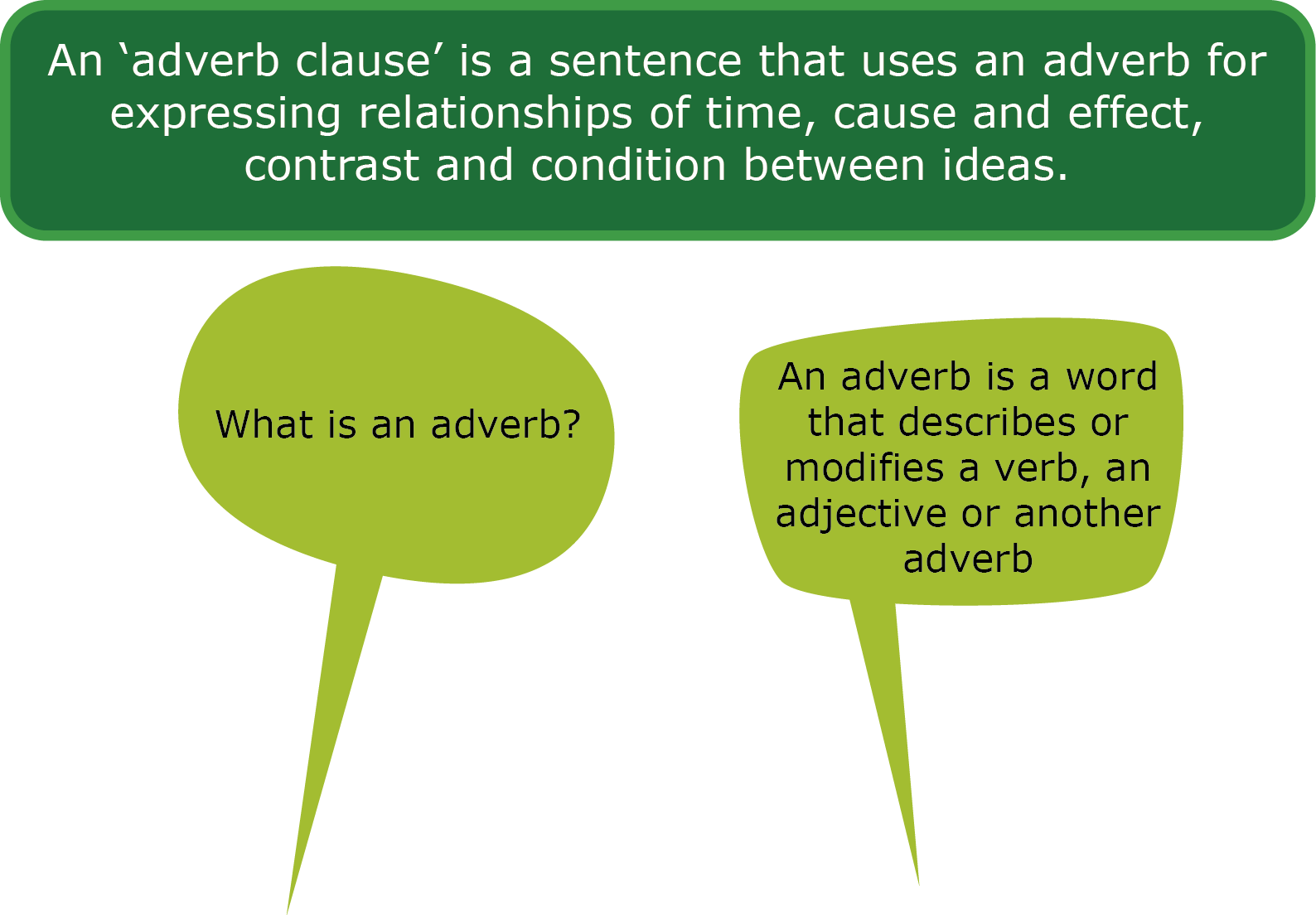
The adverb clauses are divided into four classes: time, cause and effect, contrast and condition.
Read about each classification because in the next topic you’ll start answering questions using this information. In the last topic, you explored adverb clauses, their different types, as well as the adverbs used in this kind of clauses.
In the last topic, you studied adverb clauses and their different types, as well as the adverbs used in this kind of clauses.
Now it’s time to learn how to use them. For that purpose, there’ll be exercises so you can study and learn their proper use as well as the two different ways you can write them.
But, before you start, let’s check out how good your memory is by recalling what you acquired in the last session.
Read carefully the information below.
Exercise 2
Answer the exercise. Use the previous information. Once you’ve finished, click the button ‘Check’.
Could you remember everything about the adverb clauses?
If so, very good! You have an excellent memory. If not, don’t worry. In this part, you’ll explore the grammatical structure and use of each one.
An IMPORTANT suggestion: study each adverb clause precisely in the same order in which they are shown.
The adverb clauses are divided into four classes:
1) Time 2) Cause and effect 3) Contrast 4) Condition.
You’ve just finished the grammatical part of this topic. Now you’ll explore the new lexicon used on the subject of hypnotism.
Exercise 3: Warming up!

